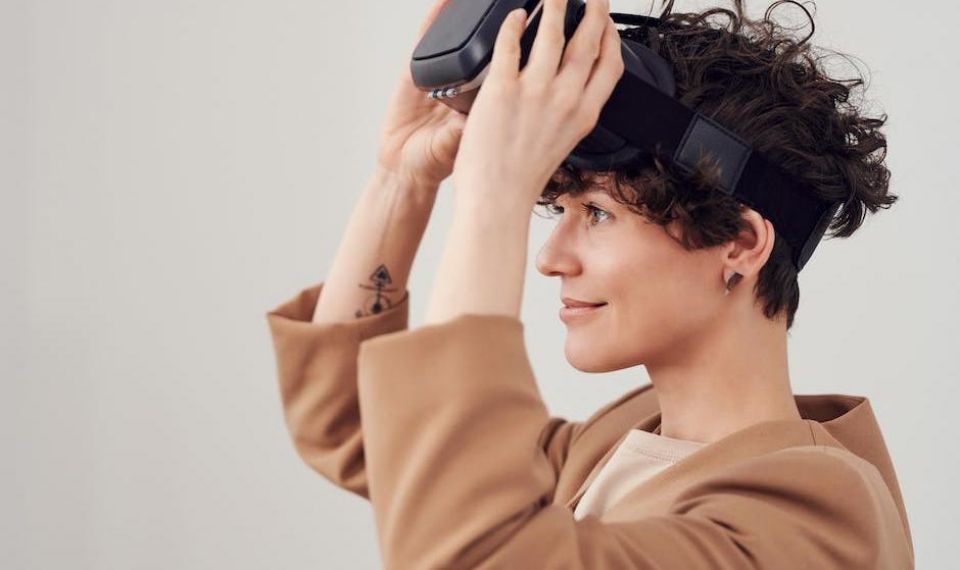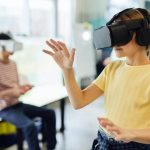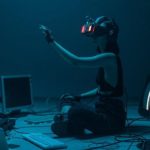
Advancements in technology have revolutionized various sectors, with Virtual Reality (VR) and Augmented Reality (AR) being at the forefront of this transformation. They have reshaped our perception of reality by creating immersive environments and integrating digital elements into the real world, respectively. One striking example of this technological evolution is the application of VR/AR in the field of education, more precisely, in medical training.
Today, traditional ways of teaching that rely heavily on textbooks and two-dimensional images are swiftly being replaced by VR/AR. These advancements provide a three-dimensional, interactive learning platform that is proving to be more effective and engaging. For instance, consider a medical student learning about the human anatomy. By utilizing VR technology, they can navigate through detailed, life-sized 3D models of the human body and closely examine each part, providing an intricate understanding that would be unattainable otherwise. This virtual exploration enhances their comprehension of spatial relationships between different organs, tissues, and structures.
Moreover, with the aid of AR, medical students can practice surgical procedures without the risks associated with hands-on training. By overlaying detailed 3D models onto a real-world practice dummy or even a human patient, students can perform surgeries with unprecedented precision. Imagine a trainee surgeon, under the supervision of an experienced professional, practicing the procedure on an AR-enhanced dummy. It allows them to make mistakes, learn, and improve without any harm to an actual human being. Thus, AR acts as an essential bridge between theoretical knowledge and practical skills in surgical training.
For students who are visual learners, these technologies can be a game-changer. Instead of poring over volumes of medical textbooks, students can now visualize complex biological processes or understand the effect of diseases on the human body using VR. For example, the process of a heart pumping blood can be better understood in a three-dimensional, visual format than a dry, textual explanation. The same applies to studying the progression and effects of diseases like Alzheimer’s or Parkinson’s.
Not only does this immersive training lead to improved learning outcomes, but it also bolsters the confidence of future doctors, nurses, and other healthcare providers. The hands-on experience gained through VR/AR will indubitably equip them better for real-life scenarios.
However, like any technology, VR/AR in medical education also faces challenges. High costs of equipment, lack of standardized curricula, and technical glitches are a few of them. Nevertheless, with continued research and development, these issues are continually being addressed, leading to increasingly refined applications.
The role of VR and AR in medical education is a testimony to the wonders of technological advancements. As technology continues to progress, we can expect to see VR/AR employed to a greater extent not just in the realm of medical education, but across various other fields as well, opening up vast potential for immersive learning experiences.






